Does Quality of Essential Oils Matter
Essential oils have gained popularity in recent years for their various benefits, from relaxation to skincare. But not all essential oils are created equal.
Learn how to tell the quality of essential oils before making a purchase.”
In this article, we will explore what essential oils are, how they are made, and the different grades available.
We will also discuss why the quality of essential oils matters, how to determine their quality, and the benefits of using high-quality oils.
If you’re curious about the world of essential oils, keep reading to learn more!
Key Takeaways:
What Are Essential Oils?
Essential oils are natural aromatic compounds extracted from plants through methods like distillation. These oils capture the plant’s scent and flavors, carrying the essence or ‘spirit’ of the plant.
Various plants are used for producing essential oils, each offering unique benefits. Lavender, known for its calming properties, is a popular choice, while eucalyptus is valued for its respiratory support.
The distillation process involved in extracting essential oils varies depending on the plant material. Steam distillation is commonly used, where steam passes through the plant material, carrying the volatile compounds that are then condensed into essential oils. These oils play a significant role in aromatherapy, promoting relaxation, stress relief, and emotional well-being through their therapeutic scents.
How Are Essential Oils Made?
Essential oils are made through the extraction process that involves harvesting the raw plant material and then distilling it to obtain the concentrated aromatic compounds.
Harvesting plants for essential oil production typically involves selecting the right plant species at the peak of their growth cycle. Once the plants are ready for harvest, the next step is the extraction process, which can vary depending on the type of plant material. Common distillation methods include steam distillation, cold-press extraction, and solvent extraction. Each method has its unique benefits and is chosen based on the plant material itself.
Factors that influence the quality and purity of essential oils include the soil quality, climate conditions, time of harvest, and storage methods. Plants grown in nutrient-rich soil with proper sunlight exposure tend to produce higher quality oils. Timing the harvest correctly is crucial as some plants have peak oil production at specific times of the day or year. Proper storage post-harvest is essential to maintain the integrity and aroma of the oils.
What Are the Different Grades of Essential Oils?
Essential oils are classified into different grades based on their quality, therapeutic value, and the source or supplier from which they are obtained.
Therapeutic-grade essential oils are known for their purity and specific molecular composition that offers therapeutic benefits. Organic essential oils are derived from plants grown without synthetic pesticides or fertilizers, ensuring a high quality and natural product. Natural-grade oils are typically minimally processed to retain the natural compounds found in the plant. On the other hand, synthetic-grade oils are artificially created in a lab, lacking the complexity and benefits of their natural counterparts. Factors such as production methods, purity, and transparency in sourcing play a crucial role in determining the grade and value of essential oils.
Therapeutic Grade
Therapeutic grade essential oils are highly valued for their specific therapeutic properties and are often used in aromatherapy for their healing benefits.
These oils are derived from plant sources and are known for their potent natural compounds that can support physical, mental, and emotional well-being. When used correctly, they can help reduce stress, improve sleep quality, boost mood and focus, and even alleviate physical discomfort. One key aspect of therapeutic grade oils is their purity and quality, as these factors can significantly impact their efficacy. For therapeutic applications, it is essential to choose oils that are free from synthetic additives or contaminants, ensuring optimal benefits and minimizing the risk of adverse reactions.
Organic Grade
Organic grade essential oils are derived from plants grown without synthetic pesticides or fertilizers, ensuring a natural and environmentally friendly production process.
Organic farming methods focus on enriching the soil through composting, crop rotation, and natural pest control, resulting in plants that are healthier and more resilient to diseases.
- Harvesting techniques in organic practices involve handpicking and gentle extraction methods to preserve the integrity of the plant compounds.
- This meticulous approach enhances the quality and purity of the essential oils, as they are free from chemical residues that can alter their therapeutic properties.
By choosing organic essential oils, consumers not only support sustainable agriculture but also benefit from products that are truly natural and potent, offering a range of holistic benefits.
Natural Grade
Natural grade essential oils are obtained from plants grown in their natural habitat and climate, allowing the oils to retain their natural chemical composition and therapeutic properties.
This close connection to the environment plays a crucial role in the quality of the oils. Climatic conditions, soil composition, and altitude all contribute to the unique characteristics of these oils. For example, lavender essential oil sourced from the high altitudes of the French Alps has a different aroma profile compared to lavender grown in lower altitude regions. The interaction between the plant and its surroundings affects the chemical makeup of the oil, influencing its therapeutic benefits.
Synthetic Grade
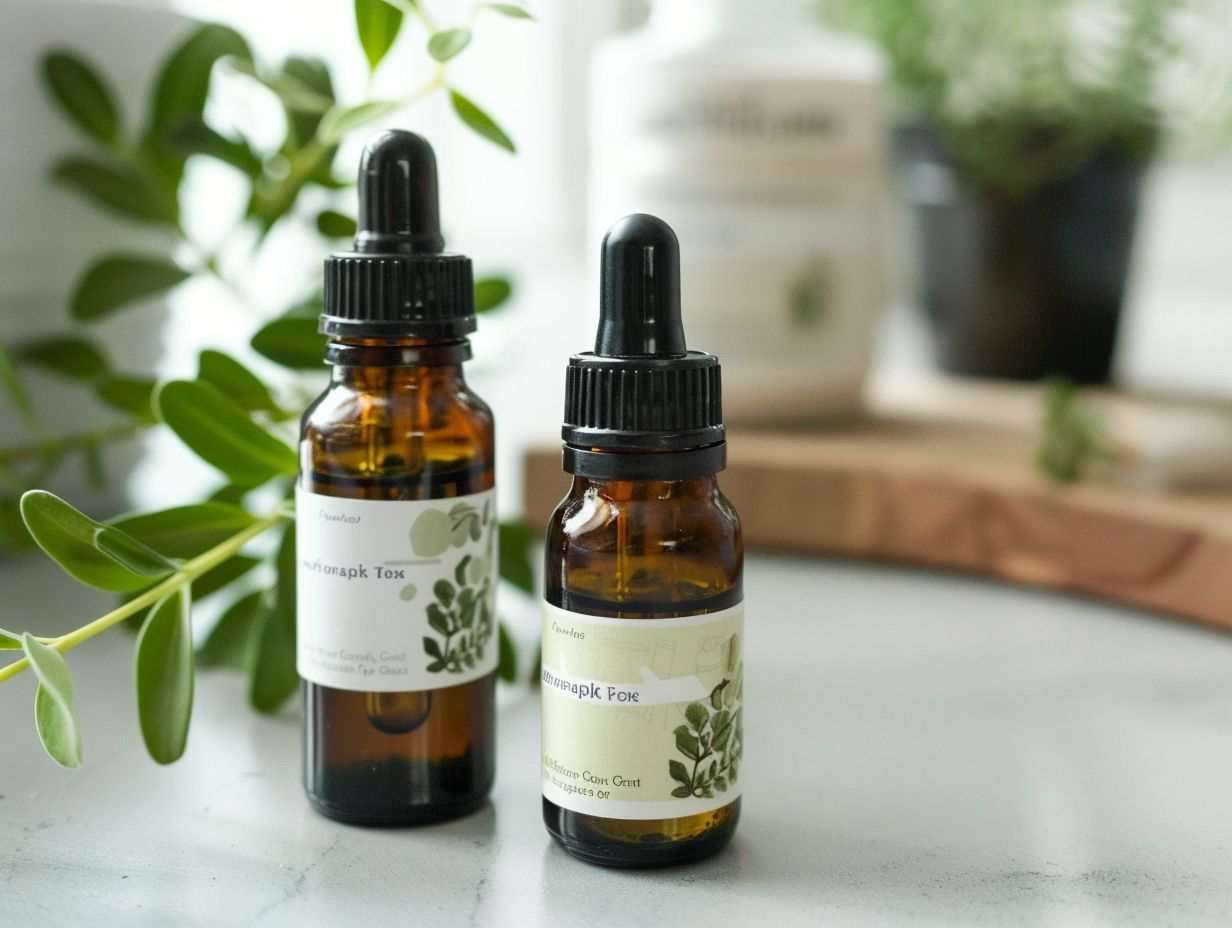
Synthetic grade essential oils are artificially created using synthetic compounds and are often diluted or contaminated with adulterants, lacking the therapeutic value of natural oils.
This lack of therapeutic benefits is due to the absence of the complex chemical compositions found in natural essential oils, which are responsible for their healing properties. Synthetic oils may contain harmful chemicals that can cause skin irritation, respiratory issues, and other adverse reactions when used in aromatherapy practices.
Why Does Quality of Essential Oils Matter?
The quality of essential oils is crucial as it directly impacts their therapeutic value, safety for use, and overall effectiveness in aromatherapy and wellness practices.
When choosing essential oils for aromatherapy or wellness routines, opting for high-quality oils ensures that you are obtaining the maximum benefits. High-quality oils are extracted using the proper methods, ensuring that the beneficial compounds are preserved. These oils are carefully sourced from reputable suppliers who prioritize purity and authenticity, reducing the risk of contamination or dilution.
Low-quality oils may contain synthetic additives or impurities, which can lead to adverse reactions or diminish the therapeutic effects. Therefore, investing in premium essential oils contributes to a more positive and effective aromatic experience, promoting both physical and emotional well-being.
Purity and Effectiveness
The purity of essential oils ensures their effectiveness and potency, as it directly correlates to the presence of specific chemical constituents responsible for their therapeutic properties.
When essential oils are pure, they contain high concentrations of beneficial compounds that make them effective in various applications, such as aromatherapy, skincare, and natural remedies.
Chemical constituents like terpenes, aldehydes, phenols, and esters are what give each oil its unique therapeutic profile. These constituents interact with our bodies in specific ways, producing the desired effects.
To maintain the purity of oils, reputable producers use methods like gas chromatography and mass spectrometry to analyze and verify the composition of their products. These techniques help ensure that the oils are free from contaminants and adulterants, guaranteeing their quality and safety.
Safety and Side Effects
Ensuring the safety of essential oils involves rigorous testing procedures to detect contaminants, adulterants, and potential allergens, reducing the risk of adverse side effects.
Before purchasing essential oils, it is crucial to ensure that they are pure and high-quality. This is because impure or low-quality oils can pose health risks due to the presence of synthetic chemicals or toxins.
To guarantee the oils meet safety standards, reputable manufacturers conduct third-party testing for purity and authenticity. Labels should include information on proper usage and dilution ratios to prevent skin irritations or sensitivities.
Proper storage in dark, glass containers away from direct sunlight is also essential to maintain the oils’ efficacy and safety.
Environmental Impact
The production of essential oils can have environmental implications, especially when it involves unsustainable harvesting practices or the use of synthetic chemicals that harm ecosystems.
When essential oil plants are harvested using methods like clear-cutting or intensive monoculture, it can lead to habitat destruction, soil erosion, and loss of biodiversity. These practices not only impact the local ecosystems but also contribute to global issues like deforestation and climate change. The excessive use of pesticides and fertilizers in conventional farming further exacerbates these negative effects.
To combat these environmental challenges, it is crucial for the essential oil industry to embrace sustainable and eco-friendly practices. By promoting organic farming techniques, agroforestry, and wildcrafting, producers can minimize their ecological footprint and preserve the natural balance of ecosystems. Implementing initiatives to protect native plant species and support regenerative agriculture can also play a significant role in ensuring the long-term viability of essential oil production.
How to Determine the Quality of Essential Oils?
Determining the quality of essential oils involves relying on third-party testing, adherence to industry standards like ISO, and compliance with regulations to ensure purity and authenticity.
In terms of testing essential oils, various methods are employed to evaluate their purity and potency. One common method is gas chromatography, which separates and analyzes the individual components of an oil. Mass spectrometry is used to identify specific compounds present in the oil.
Third-party testing plays a crucial role in this process, as it provides an unbiased assessment of the oil’s quality. These independent laboratories ensure that the oils meet the necessary standards and are free from contaminants.
Look for Third-party Testing
Third-party testing conducted through methods like GC/MS analysis is essential to verify the purity, authenticity, and chemical composition of essential oils, ensuring they meet quality standards.
GC/MS tests play a crucial role in the quality assessment of essential oils by analyzing the chemical components present in the oil. This process helps to identify if any contaminants, synthetic compounds, or diluted substances are present, providing consumers with accurate information about the product they are purchasing.
Independent verification by third-party testing laboratories adds an extra layer of credibility to the quality claims made by essential oil producers. It ensures that the oils are free from adulteration and adhere to industry regulations and standards, giving consumers peace of mind about the products they are using.
Check for Proper Labeling
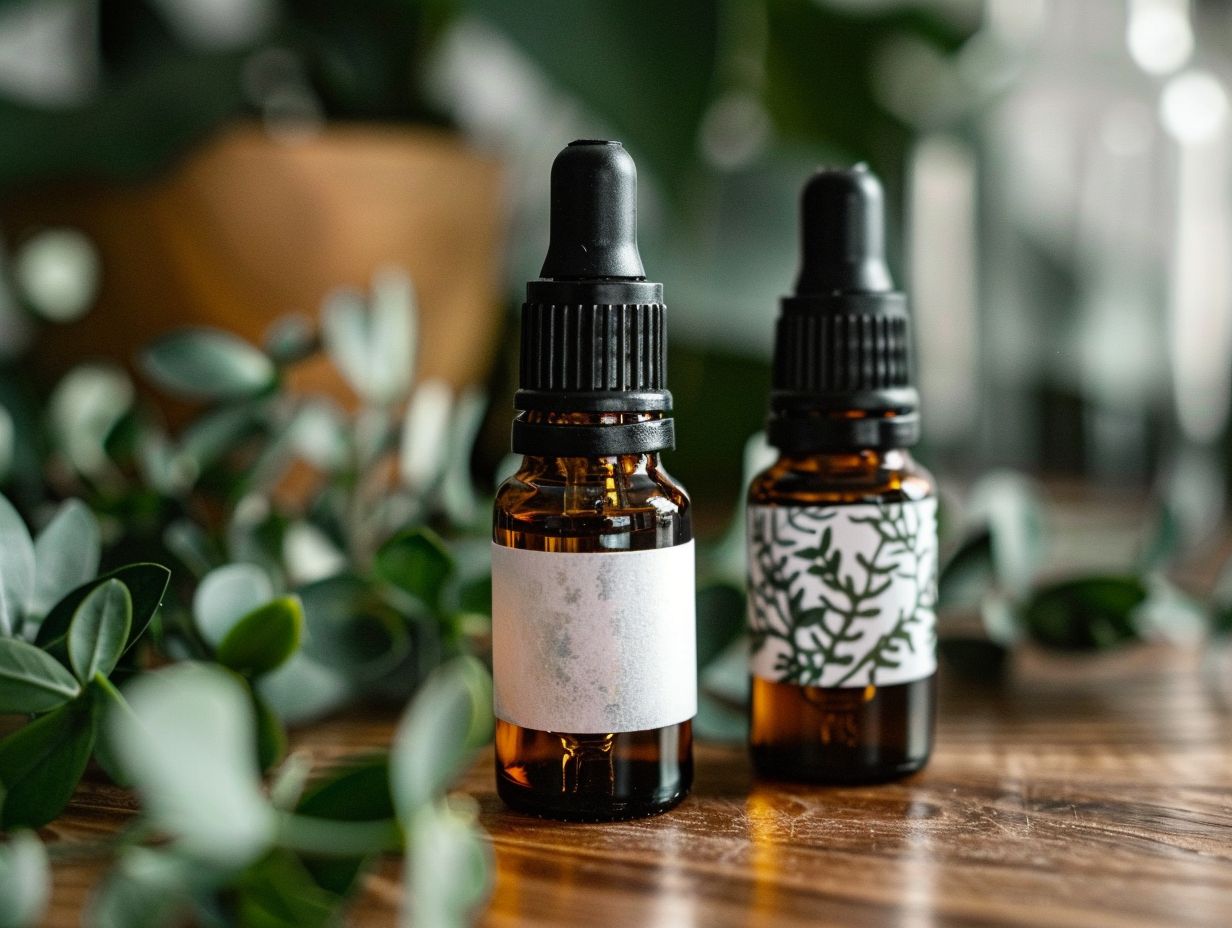
Latin names are especially vital for botanical identification as they provide clarity on the specific plant species used in the production of essential oils. This information informs customers about the exact botanical origins of the oils, allowing them to make informed decisions based on their preferences for certain plants or desired benefits.
Understanding the Latin names on labels also aids in distinguishing between various species of plants that may have different therapeutic properties. For example, the Latin name ‘Lavandula angustifolia’ signifies true lavender, while ‘Lavandula latifolia’ represents spike lavender, each offering distinct aroma profiles and potential health benefits.
Consider the Source and Production Methods
Evaluating the source of essential oils and the production methods used, such as distillation or cold pressing, provides insights into the quality, purity, and authenticity of the oils.
The origin of the plants from which essential oils are sourced plays a crucial role in their quality. Factors like soil conditions, climate, and altitude can greatly influence the chemical composition of the plants, affecting the therapeutic properties of the oils. The production methods, whether through steam distillation, solvent extraction, or cold pressing, can impact the final product. Distillation, for example, is a common method that helps retain the volatile compounds of the plants, ensuring a potent and pure oil.
Read Reviews and Recommendations
Reading reviews and seeking recommendations from reliable sources can help consumers make informed decisions when selecting high-quality essential oils from reputable suppliers.
The feedback and testimonials provided by other customers play a crucial role in guiding purchasing choices. By evaluating the experiences and insights shared by fellow consumers, individuals can gain valuable insights into the quality, authenticity, and effectiveness of different essential oil products on the market.
Consumer reviews serve as a testament to the reputation and credibility of suppliers, highlighting aspects such as product consistency, customer service, and overall satisfaction. They offer a real-world perspective on the performance of essential oils, enableing buyers to make educated choices based on the collective experiences of their peers.
What Are the Benefits of Using High-Quality Essential Oils?
Using high-quality essential oils offers a range of benefits, including an enhanced aromatherapy experience, improved therapeutic properties, reduced risk of adverse reactions, and support for sustainable and ethical practices.
High-quality essential oils sourced from reputable producers or distillers are often more potent and pure, ensuring a richer and more complex aroma profile that elevates the overall aromatherapy experience. In terms of therapeutic value, these oils contain higher concentrations of beneficial compounds, making them more effective in promoting health and well-being. Safety considerations are imperative, with quality oils undergoing rigorous testing to minimize the potential for sensitivities or unwanted side effects. By investing in premium essential oils, consumers also contribute to the promotion of sustainable cultivation and harvesting practices, thereby supporting ethical standards in the industry.
Better Aromatherapy Experience
High-quality essential oils enhance the aromatherapy experience by offering pure, potent scents that promote relaxation, stress relief, and emotional well-being.
These oils are carefully extracted from botanical sources, ensuring that they retain their natural healing properties. When used in diffusers, the delicate fragrance permeates the air, creating a tranquil atmosphere that calms the mind and uplifts the spirit. The therapeutic benefits of essential oils go beyond just the pleasant aroma; they can also help improve mood, alleviate anxiety, and enhance mental clarity.
Whether through inhalation or topical application in massages, the oils work wonders on the body and mind. Their aromatic compounds interact with the olfactory system and the skin, triggering positive responses that contribute to overall well-being.
Enhanced Therapeutic Properties
High-quality essential oils contain potent therapeutic properties derived from their natural chemical constituents, offering effective solutions for various health and wellness needs.
One of the key aspects that differentiates high-quality essential oils from synthetic fragrances is the presence of essential oil buying guide such as terpenes, alcohols, esters, and ketones. These compounds interact synergistically with the body, influencing physiological processes and promoting overall well-being.
For example, lavender essential oil is known for its calming effects due to its high linalool content, while the antimicrobial properties of tea tree oil are attributed to its abundance of terpinen-4-ol.
Reduced Risk of Adverse Reactions
Choosing high-quality essential oils reduces the risk of adverse reactions and side effects, as pure oils free from contaminants are less likely to cause sensitivities or skin irritations.
High-quality essential oils are often derived from organic sources and undergo rigorous testing to ensure purity and potency. This attention to quality not only enhances the therapeutic benefits of the oils but also minimizes the likelihood of better essential oils.
It is crucial to perform a skin sensitivity test before using any essential oil topically to check for possible allergic reactions or sensitivities. Diluting essential oils with a carrier oil before application can also help prevent skin irritation, especially for individuals with sensitive skin.
More Sustainable and Ethical Practices
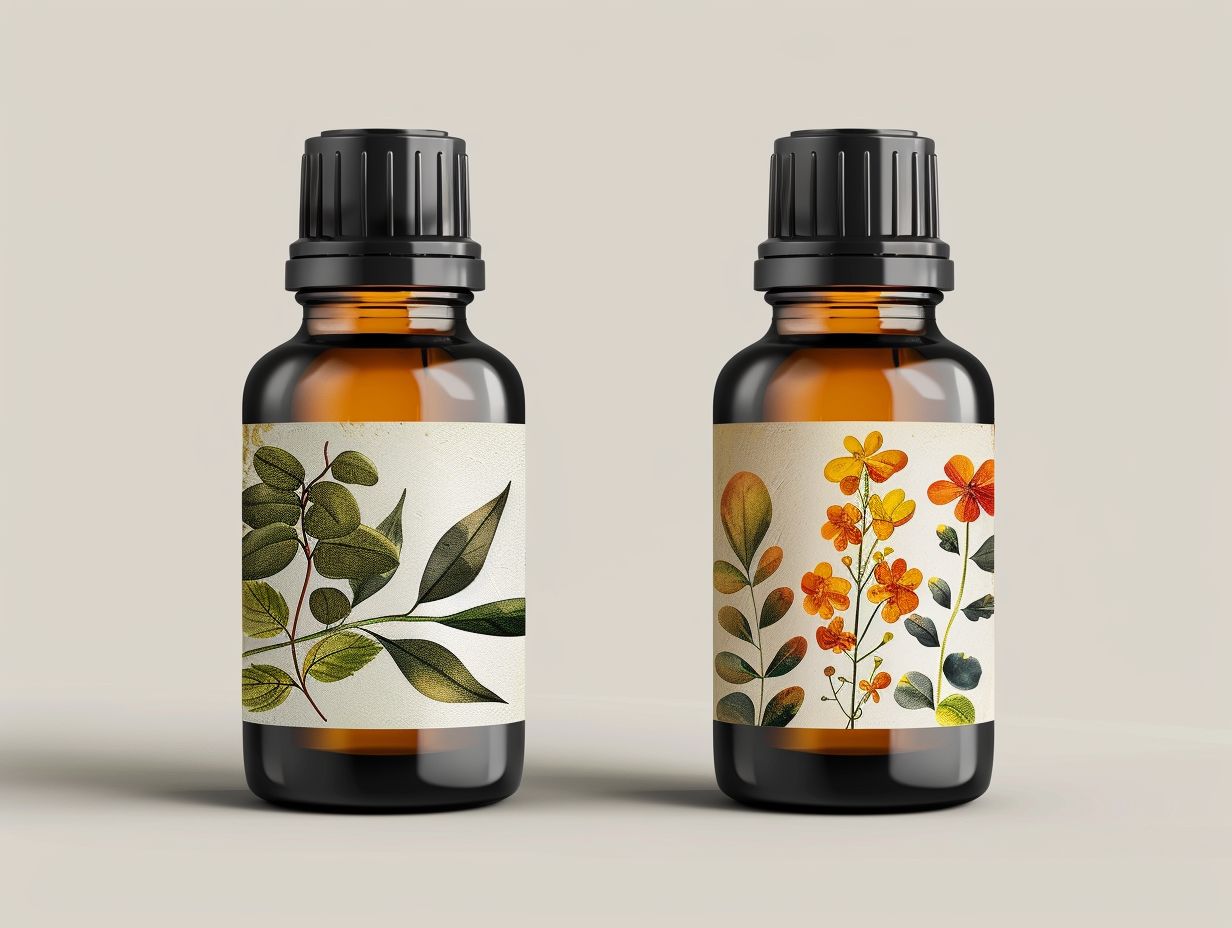
When consumers prioritize high-quality essential oils , they contribute to a market that values transparency, fair trade, and community welfare. Ethical sourcing practices not only benefit the environment by promoting biodiversity and protecting ecosystems but also have a positive impact on the livelihoods of local communities that depend on the cultivation of these plants. By choosing reputable brands that prioritize sustainability and ethical standards, consumers play a vital role in promoting ethical practices within the industry, driving the demand for eco-friendly and socially responsible products.
Frequently Asked Questions
Does Quality of Essential Oils Matter?
Yes, the quality of essential oils is crucial for their effectiveness and safety.
What is the difference between high and low-quality essential oils?
High-quality essential oils are pure, natural, and contain all the beneficial compounds, while low-quality oils may be diluted or contain synthetic ingredients.
How can I tell if an essential oil is of good quality?
Look for oils that are labeled as 100% pure, therapeutic grade, and have been tested by a third-party for purity and potency.
What are the potential risks of using low-quality essential oils?
Low-quality oils may not have the desired therapeutic effects and can also cause skin irritation, respiratory problems, and other adverse reactions.
Can I use low-quality essential oils for aromatherapy or other purposes?
It is not recommended to use low-quality oils for any purpose, as they may not have the desired effects and could potentially harm your health.
How can I ensure that I am purchasing high-quality essential oils?
Do your research, read reviews, and purchase from reputable and trusted brands. It is also important to check for certifications and testing results to ensure the quality of the oils.



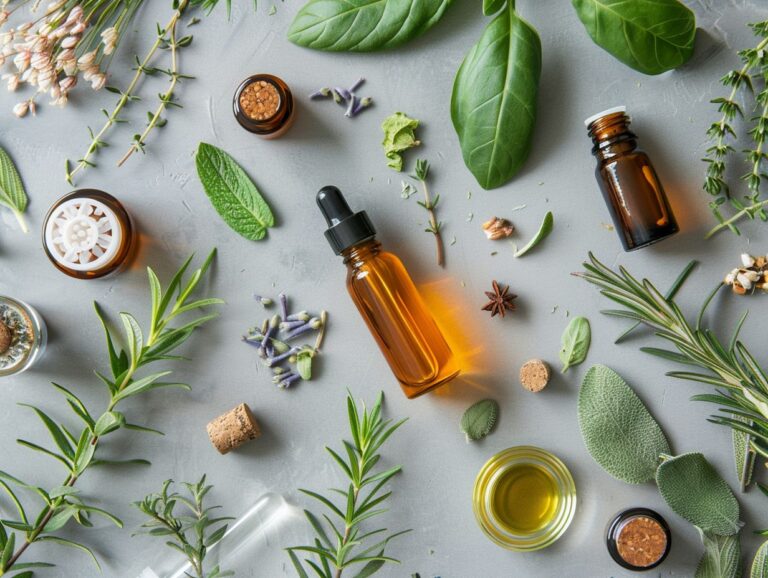


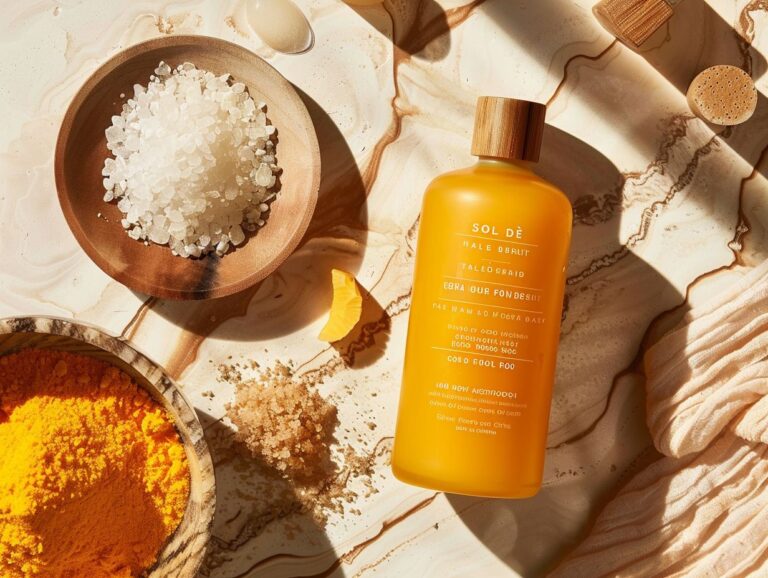

4 Comments